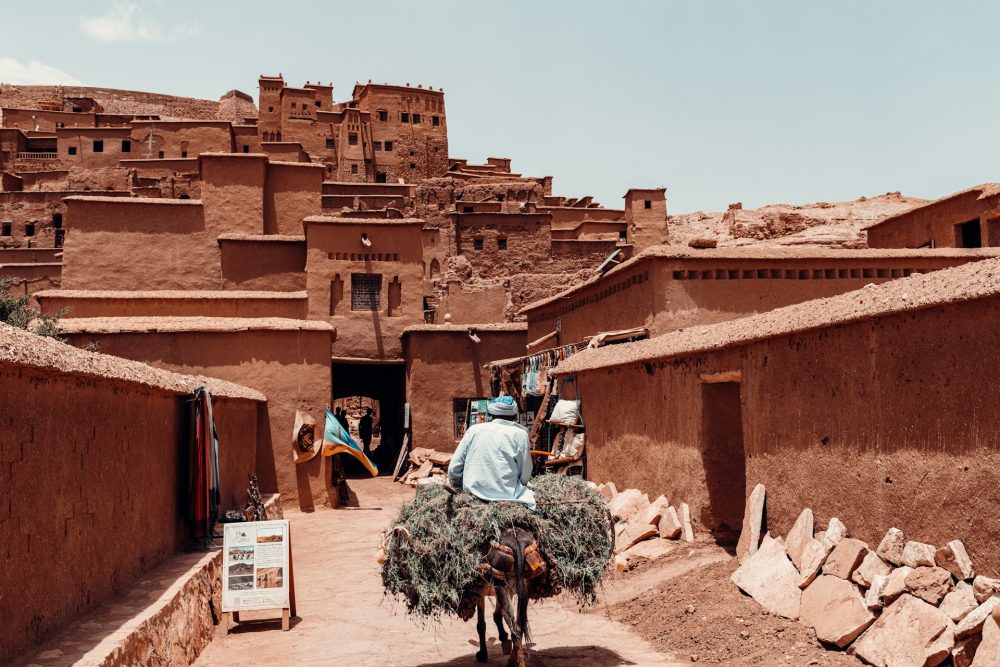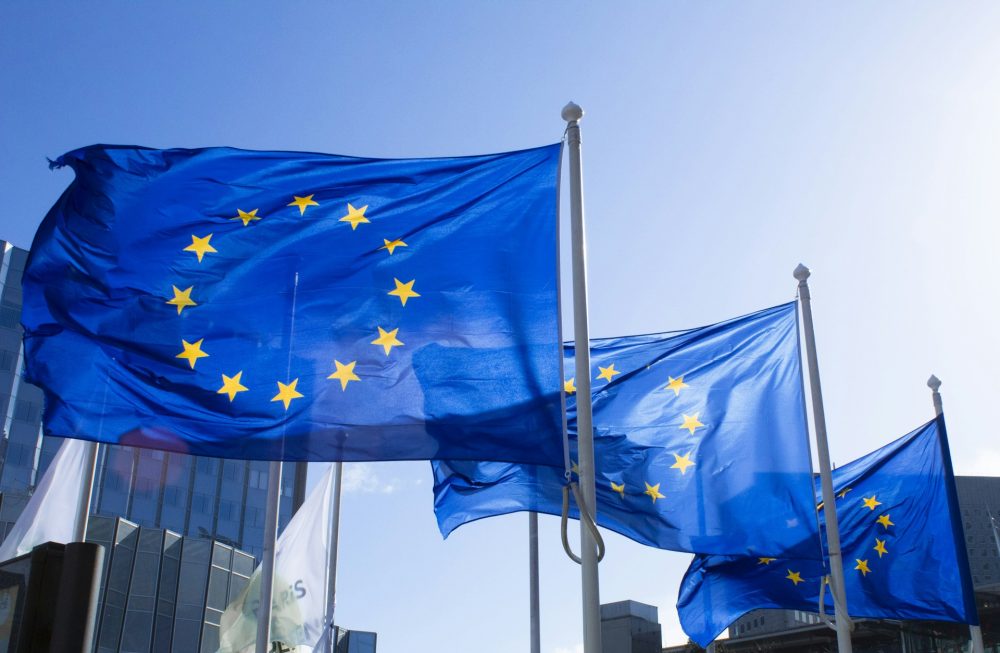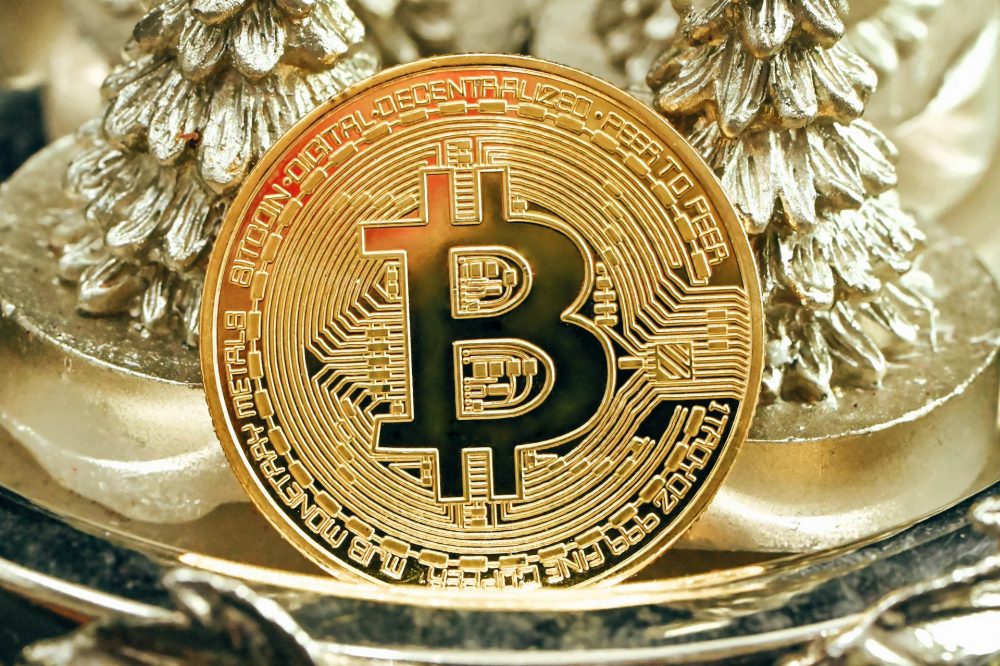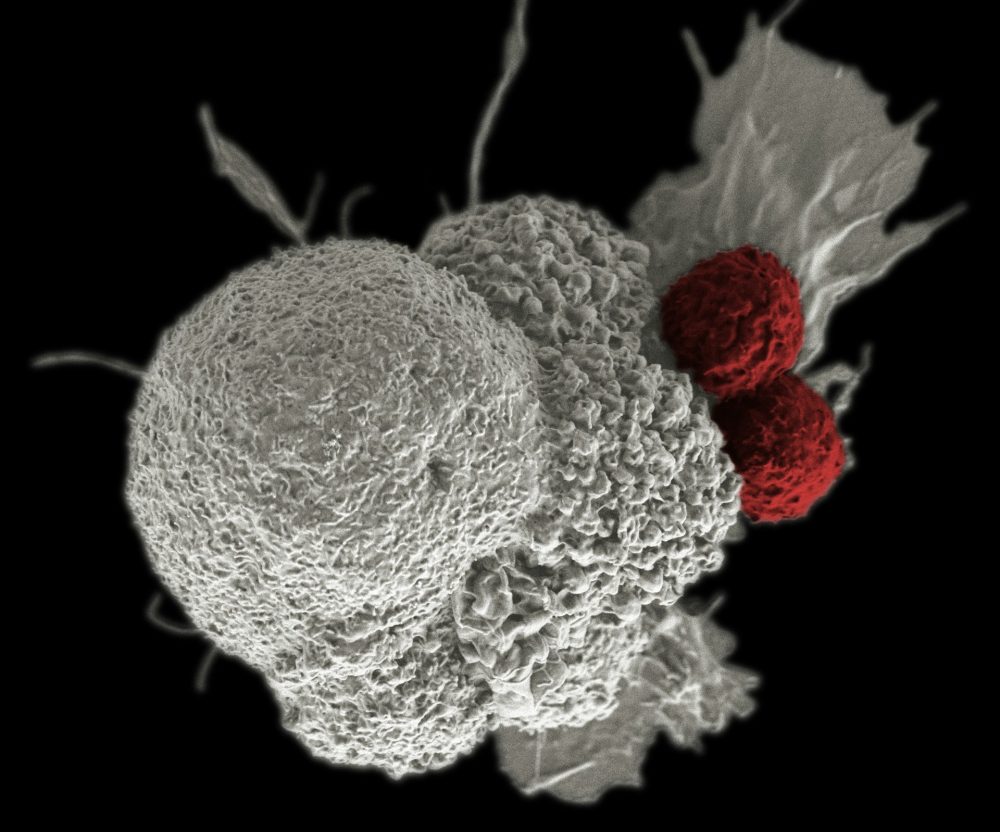Africa
Morocco’s Inflation Slowdown: Economic Relief, Household Pressures
Morocco’s disinflation, driven by falling food and fuel prices, boosts real interest rates, benefiting savers, banks, and fixed-income holders. Yet households still struggle with high living costs, as 38.2% of spending goes to food. Despite inflation forecasts of 2.4% in 2025 and 1.8% in 2026, perceived purchasing power erosion overshadows statistical improvements.

With the start of a new cycle of slowing inflation, real interest rates are turning positive again. Large savers, banks, consumer credit institutions, investment management companies, among others, and to a lesser extent, fixed-income holders, including employees and retirees, should benefit from this easing of consumer prices. But for many households in Morocco, the cost of living continues to soar despite controlled inflation.
Except for the 2022 alert (+6.6%), “the highest inflation level since 1992,” according to Bank Al-Maghrib, inflation has remained stable in Morocco to the point that this moderation is taken for granted by households and businesses. But not for the Central Bank, whose inflation control remains the compass of policy.
The second half of the 1990s marked the beginning of this disinflation, with an average consumer price index (CPI) of 1.6% over the period 1996-2005. The rise observed between 2006 and 2008, due to the surge in commodity prices, was only temporary before a return to a “normal” average rate of 1.1% from 2009. According to Bank Al-Maghrib forecasts, inflation would reach 2.4% this year before falling back to 1.8% in 2026, which makes Morocco one of the best performers in this area.
The CPI in Morocco doesn’t tell the whole story
The accelerated decline in Morocco’s inflation is the result of a faster-than-expected easing in the price of volatile food products. It is also the result of falling fuel and lubricant prices, benefiting from a cheap barrel of oil, according to monetary authorities. Compared to its main trading partners, Morocco’s favorable inflation differential should push the dirham upward. Be careful, the consumer price index (CPI) is not a cost-of-living index, caution HCP economists.
Low inflation does not necessarily mean that households in Morocco have become richer, as the two barometers do not provide the same information. The consumer price index measures the effects of changes in the purchase price of products consumed by households, while the cost-of-living index measures changes in purchasing costs to maintain household living standards at a specified level.
On paper, the slowdown in inflation should translate into a small gain in household purchasing power, even if the perception depends on the structure of expenditures in the budget. A household that spends 40% of its income on food, for example, will not have the same perception of inflation as one that spends less than 10%. Inflation as measured by the High Commission for Planning (HCP) aggregates very different situations.
What matters for the average household in Morocco is less the statistical indicator than the erosion of its purchasing power observed on a daily basis, because despite disinflation, the pressure of compulsory expenditures (fixed charges) remains high. These expenses include, among other things, housing, water and electricity, telephone, internet connection, family assistance, loan repayments, and for a portion of the middle classes, children’s school fees.
38.2% of household spending on food
According to the latest survey by the High Commission for Planning (HCP), households spend an average of 38.2% of their budget on food, 1.2 points more than in 2014. A figure that contrasts with the downward trend observed for decades, analysts at the HCP are surprised, noting nonetheless that the weight of food expenditure remains below the peak of 40.6% almost 20 years ago (2007). Unsurprisingly, the poorest are also those who allocate the largest share of their income to food.
Thus, 10% of the population among the least well-off allocate half of their budget to food; compared to 30% for the 10% most well-off, reveals the HCP survey. Among the “winners” of disinflation are those on fixed incomes: employees, retirees, recipients of various benefits, and large savers. Even after adjusting for inflation, the real rate of return on investments (life insurance, mutual funds) will remain in positive territory.
Moreover, bank executives and asset management company managers in Morocco are rubbing their hands in a period of slowing inflation, because real interest rates remain at a level that does not cause them to lose money. With Bank Al-Maghrib’s key rate having returned to a low level of 2.25%, the remuneration of deposits and savings products is automatically falling in real terms. Moreover, the yield on Treasury bonds also remains at low levels.
This situation could result in a certain reluctance among investors to bet on long-term government debt at current interest rates. For the latter, the context is indeed favorable to generate strong demand from investors and savers. In doing so, the financial market would have acquired a new instrument contributing more to the development of its efficiency and depth. States – this is not the case in Morocco – opt for inflation-indexed debt as much for reasons of market efficiency as for considerations related to active debt management.
Because, issuing inflation-linked bonds can reduce the cost of debt in Morocco if the market’s inflation expectations are exaggerated. This option is not part of the “lexicon” of the Treasury and External Finance Directorate, which favors active debt management by reducing the maturity of outstanding amounts during periods of easing rates.
__
(Featured image by Rana Kaname via Unsplash)
DISCLAIMER: This article was written by a third party contributor and does not reflect the opinion of Born2Invest, its management, staff or its associates. Please review our disclaimer for more information.
This article may include forward-looking statements. These forward-looking statements generally are identified by the words “believe,” “project,” “estimate,” “become,” “plan,” “will,” and similar expressions. These forward-looking statements involve known and unknown risks as well as uncertainties, including those discussed in the following cautionary statements and elsewhere in this article and on this site. Although the Company may believe that its expectations are based on reasonable assumptions, the actual results that the Company may achieve may differ materially from any forward-looking statements, which reflect the opinions of the management of the Company only as of the date hereof. Additionally, please make sure to read these important disclosures.
First published in LES ECO.ma. A third-party contributor translated and adapted the article from the original. In case of discrepancy, the original will prevail.
Although we made reasonable efforts to provide accurate translations, some parts may be incorrect. Born2Invest assumes no responsibility for errors, omissions or ambiguities in the translations provided on this website. Any person or entity relying on translated content does so at their own risk. Born2Invest is not responsible for losses caused by such reliance on the accuracy or reliability of translated information. If you wish to report an error or inaccuracy in the translation, we encourage you to contact us.

-

 Impact Investing2 weeks ago
Impact Investing2 weeks agoHigh Awareness, Low Adoption: The VSME Challenge for European SMEs
-

 Crypto4 days ago
Crypto4 days agoBitcoin in 2025: Mainstream Momentum, Price Weakness, and a Pivotal Year Ahead
-

 Biotech2 weeks ago
Biotech2 weeks agoCAR-T Therapies: From Breakthrough Cancer Treatment to Faster, Safer, and More Accessible Immunotherapy
-

 Fintech4 days ago
Fintech4 days agoPakistan’s Digital Finance Paradox: Growth, Fraud, and the Fight for Trust














